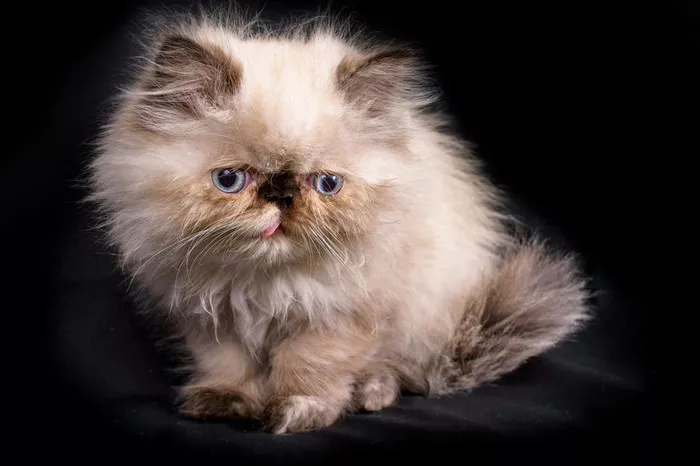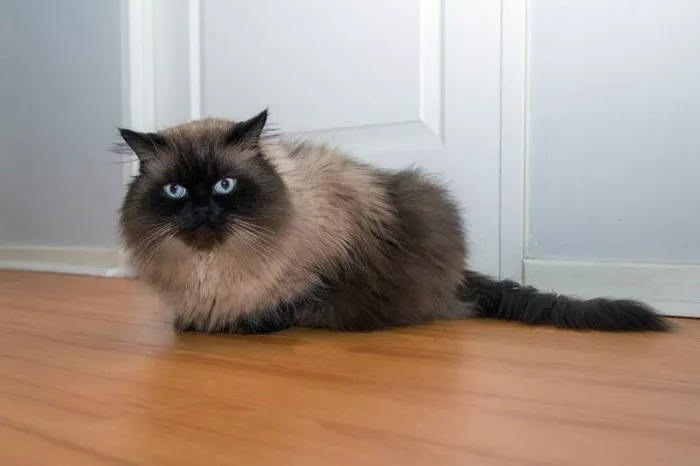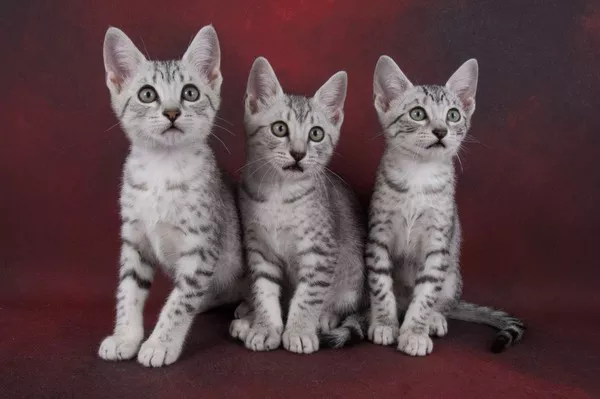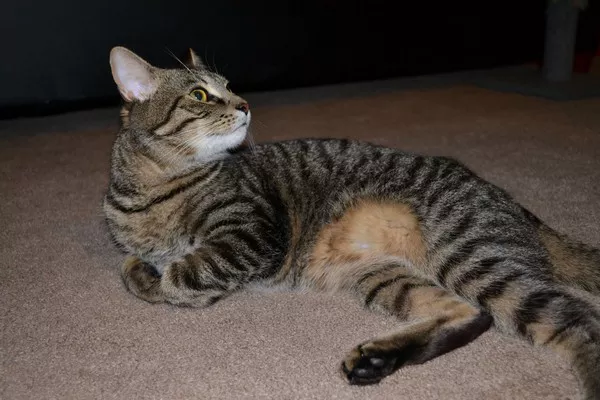Himalayan cats, with their striking blue eyes and luxurious coats, are beloved for their beauty and gentle demeanor. As responsible pet owners, it’s crucial to provide these feline companions with a balanced and nutritious diet to support their health and well-being. Among the various food options available, rice is a common staple in many human diets. But can Himalayan cats eat rice? In this article, we delve into the dietary needs of Himalayan cats and explore whether rice can be a suitable addition to their meals.
Unraveling the Himalayan Cat’s Diet: Nutritional Requirements
Before considering adding rice to a Himalayan cat‘s diet, it’s essential to understand their nutritional needs and dietary preferences.
Cat’s Carnivorous Nature
Himalayan cats, like all domestic cats, are obligate carnivores, meaning they require a diet primarily composed of animal-based protein to thrive. In the wild, cats’ ancestors evolved to consume prey animals, such as rodents, birds, and small mammals, which provide essential nutrients like taurine, an amino acid vital for feline health. As such, the foundation of a Himalayan cat‘s diet should consist of high-quality animal proteins to meet their unique nutritional requirements.
Protein Requirements
Protein is a crucial component of a Himalayan cat’s diet, providing essential amino acids necessary for muscle development, immune function, and overall health. Commercial cat foods formulated specifically for feline nutrition typically contain a balance of animal-based proteins, such as chicken, turkey, or fish, to ensure that cats receive adequate protein intake. When selecting cat food for a Himalayan cat, it’s important to choose products with a high protein content to support their dietary needs.
Fat and Carbohydrates
In addition to protein, Himalayan cats require moderate amounts of fat and minimal carbohydrates in their diet. Fat serves as a concentrated source of energy and supports healthy skin and coat, while carbohydrates are not a dietary necessity for cats and should be limited to prevent weight gain and digestive issues. While some carbohydrates, such as rice, can be safely included in a cat’s diet in small amounts, they should not comprise a significant portion of their meals.
Can Himalayan Cats Eat Rice? Debunking the Myth
Now that we understand the nutritional needs of Himalayan cats, let’s address the question: Can they eat rice?
Rice as a Source of Carbohydrates
Rice is a commonly consumed grain in many human diets and serves as a significant source of carbohydrates. While carbohydrates are not an essential component of a cat’s diet, small amounts of cooked rice can be safely fed to Himalayan cats as an occasional treat or supplement to their regular meals. However, it’s essential to ensure that rice is properly cooked and served plain, without any added seasonings or flavorings that may be harmful to cats.
Potential Benefits of Rice for Cats
In some cases, rice may provide certain benefits for cats, particularly those with sensitive stomachs or digestive issues. Cooked white rice, in particular, is known for its bland and easily digestible nature, making it a popular choice for cats experiencing gastrointestinal upset or recovering from illness. Additionally, rice can serve as a source of fiber, which may help regulate bowel movements and alleviate constipation in some cats.
Considerations and Precautions
While rice can be safely included in a Himalayan cat’s diet in small amounts, it’s important to exercise caution and moderation. Cats should not consume rice as a primary source of nutrition, as their dietary needs are primarily met through animal-based proteins. Additionally, rice should always be served plain and cooked thoroughly to ensure digestibility and minimize the risk of digestive upset. It’s also essential to monitor a cat’s response to rice consumption and discontinue feeding if any adverse reactions occur, such as vomiting, diarrhea, or changes in behavior.
Alternative Dietary Options for Himalayan Cats
While rice can be safely included in a Himalayan cat’s diet as an occasional treat or supplement, there are other dietary options that may better meet their nutritional needs.
High-Quality Commercial Cat Food
The foundation of a Himalayan cat’s diet should consist of high-quality commercial cat food specifically formulated for feline nutrition. Look for products that feature animal-based proteins as the primary ingredients and are free from fillers, artificial additives, and preservatives. Opt for reputable brands that adhere to strict quality standards and have a history of producing nutritious cat food.
Fresh and Raw Foods
Some pet owners choose to supplement their Himalayan cat’s diet with fresh or raw foods, such as lean meats, poultry, and fish. Fresh foods can provide cats with essential nutrients and hydration while offering variety and stimulation for their taste buds. However, it’s crucial to consult with a veterinarian or feline nutritionist before incorporating fresh or raw foods into a cat’s diet to ensure proper balance and safety.
Homemade Cat Food
For pet owners interested in preparing homemade cat food for their Himalayan cats, it’s essential to consult with a veterinary professional or feline nutritionist to create a balanced and nutritionally complete diet. Homemade cat food recipes should include a combination of animal-based proteins, essential vitamins and minerals, and limited carbohydrates to meet a cat’s dietary needs. Additionally, it’s important to follow proper food safety guidelines and cooking techniques to minimize the risk of foodborne illness.
Conclusion: Providing a Balanced Diet for Himalayan Cats
In conclusion, while Himalayan cats can safely consume small amounts of cooked rice as an occasional treat or supplement, it should not comprise a significant portion of their diet. As obligate carnivores, Himalayan cats require a diet primarily composed of animal-based proteins to meet their unique nutritional needs. Pet owners should prioritize high-quality commercial cat food formulated for feline nutrition and supplement with fresh or raw foods under the guidance of a veterinary professional or feline nutritionist. By understanding the dietary requirements of Himalayan cats and providing a balanced and nutritious diet, pet owners can ensure the health and well-being of their feline companions for years to come.


























